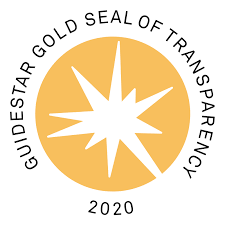Is it worse to be tortured with authorization or without it? This is the question Ahmed Rabbani was left with after his horrific ordeal at the hands of the CIA’s torturers.
He was subjected to “enhanced interrogation techniques” (a troubling euphemism for torture) without official “authorisation” – a fact confirmed by the Senate CIA Torture Report, but never explained. For most, this treatment was sanctioned by CIA headquarters. But not for Ahmed.
What is clear, though, is that the torture was brutal and cruel. Ahmed has described being tortured constantly during his 545 days in the CIA secret dungeons including the ‘Dark Prison’ – taking its name from the complete blackness in which the prisoners were held. The techniques used on Ahmed included one called strappado designed (by the Inquisition, 500 years ago) gradually and painfully to dislocate the shoulders.
In September 2004, Ahmed was taken to Guantanamo. The U.S. military assigned him Internment Serial Number 1461, and he has been there ever since. He has never been charged with a crime and never had a trial.
In January 2013, a wide-spread hunger strike started. The prisoners were peacefully protesting their indefinite detention in the only way they could – by refusing food. Ahmed joined.
Until that time, he had patiently waited for justice, but none had ever come. He joined the peaceful protest because he believed that neither he nor others should be detained by the US without charges or a trial.
He has described how he was subsequently force-fed, twice daily, under a policy begun by President Bush and continued by President Obama. He has described this process as neither being allowed to live nor being allowed to die.
Yet now, under an arbitrary twist, the Trump Administration is ignoring its own government policy, and trying to force an end to the four year hunger strike by ending all force feeding. Medical officers have told Ahmed and others that if their organs fail, that is their own choice. Ahmed’s choice, of course, is to obtain justice, not to be irreparably disabled by heartless bureaucrats.
Before all this happened, Ahmed was 32 years old, living in Karachi. He is Pakistani, ethnically rohingya from Burma, and grew up with his family as migrants in Saudi Arabia. He was married, his wife had recently given birth to their son, and he had two children from an earlier marriage. He had built up a life and a taxi business. His clients were mainly people from the Gulf, since he spoke fluent Arabic, which is something of a rarity among Pakistani drivers.
On 10th September 2002, the Pakistani intelligence service came to his house to arrest him. They thought he was a well-known extremist named Hassan Ghul. He had been misidentified, but they tortured him until he told them what they wanted to hear.
He has described how they threw the family out of their home. “They took everything’’ he said, ‘’even my bed.” They also took his wife and infant – and his torture began with threats of rape levelled against his wife.
He was sold for a bounty of $5,000 to the United States – whereupon sadly the torture only got worse.
